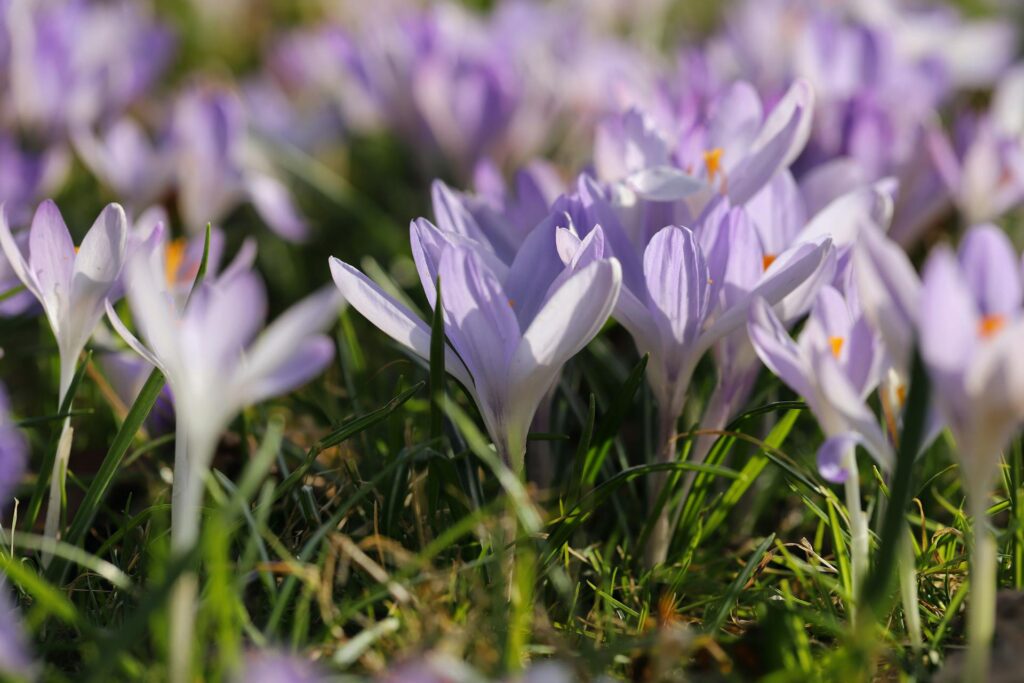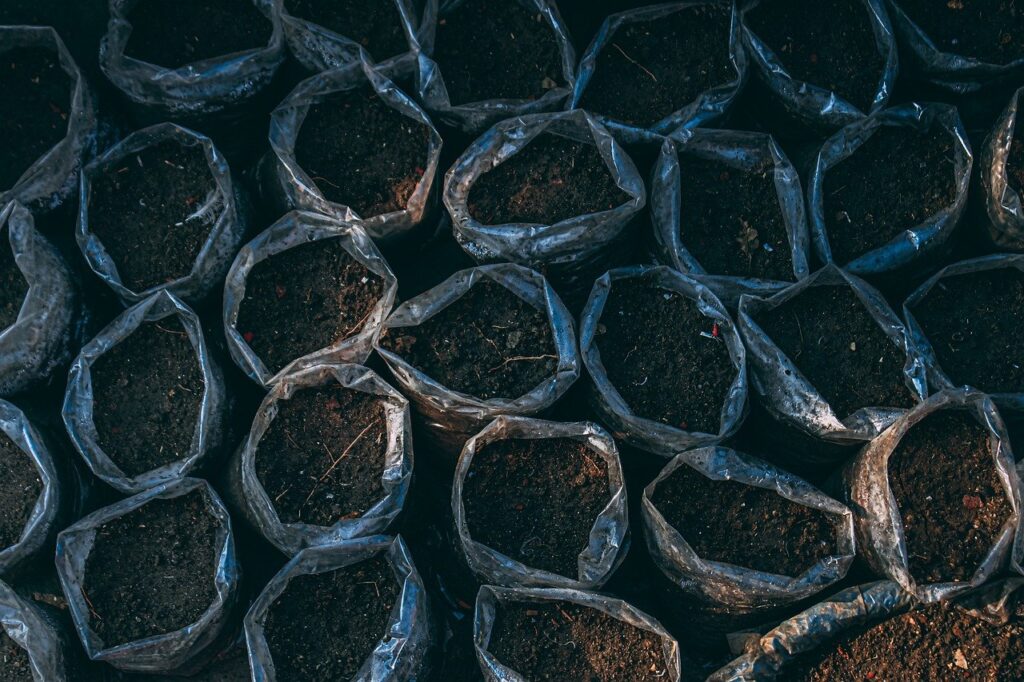Flowering plants are the jewels of any garden, adding vibrant colours, delightful fragrances, and a sense of life to your outdoor space. Whether you’re growing roses, hydrangeas, petunias, or native Australian wildflowers, the key to achieving a stunning floral display lies in providing the right nutrients. Fertilising your flowering plants is essential to ensure they grow healthy, produce abundant blooms, and resist pests and diseases. In this article, we’ll explore the best fertilisers for flowering plants, how to choose the right one, and tips for application.
Why Do Flowering Plants Need Fertiliser?

Flowering plants require a balanced supply of nutrients to thrive. While soil naturally contains some nutrients, these can become depleted over time, especially in gardens with high plant density or poor soil quality. Fertiliser replenishes these essential nutrients, promoting robust growth and vibrant blooms.
The three primary nutrients plants need are:
- Nitrogen (N): Promotes healthy leaf and stem growth.
- Phosphorus (P): Encourages strong root development and flower production.
- Potassium (K): Enhances overall plant health and disease resistance.
In addition to these macronutrients, flowering plants also benefit from micronutrients like calcium, magnesium, and iron, which play a role in chlorophyll production and enzyme function.
Types of Fertilisers for Flowering Plants

When it comes to fertilisers, there’s no one-size-fits-all solution. Different types of fertilisers cater to specific plant needs and gardening preferences. Here’s a breakdown of the most common types:
1. Granular Fertilisers
Granular fertilisers are dry, pellet-like products that are sprinkled onto the soil and slowly release nutrients over time. They’re ideal for gardeners who prefer a low-maintenance approach. Look for a balanced granular fertiliser with an NPK ratio of 10-10-10 or one specifically formulated for flowering plants, such as 5-10-5, which has higher phosphorus content to boost blooms.
Pros:
- Long-lasting effects (up to 6-8 weeks).
- Easy to apply.
- Suitable for large garden beds.
Cons:
- Slower to take effect compared to liquid fertilisers.
- Risk of over-application, which can harm plants.
2. Liquid Fertilisers
Liquid fertilisers are mixed with water and applied directly to the soil or foliage. They provide a quick nutrient boost, making them ideal for plants that need immediate care or are in their peak growing season.
Pros:
- Fast-acting.
- Easy to control dosage.
- Can be applied during watering.
Cons:
- Requires frequent application (every 2-4 weeks).
- May not be as cost-effective for large gardens.
3. Organic Fertilisers
Organic fertilisers are derived from natural sources like compost, manure, bone meal, and seaweed. They’re an excellent choice for gardeners who prioritise sustainability and soil health.
Pros:
- Improves soil structure and microbial activity.
- Environmentally friendly.
- Releases nutrients slowly, reducing the risk of over-fertilisation.
Cons:
- Slower to show results.
- May have a strong odour (e.g., fish emulsion).
4. Slow-Release Fertilisers
Slow-release fertilisers are coated granules that release nutrients gradually over several months. They’re perfect for busy gardeners who want to minimise maintenance.
Pros:
- Long-lasting (up to 6 months).
- Reduces the risk of nutrient leaching.
- Consistent nutrient supply.
Cons:
- More expensive upfront.
- Less control over nutrient release rates.
Choosing the Right Fertiliser for Your Flowering Plants

Selecting the best fertiliser depends on the type of flowering plants you’re growing, your soil conditions, and your gardening habits. Here are some tips to help you choose:
1. Know Your Plants
Different flowering plants have unique nutrient requirements. For example:
- Roses: Thrive with a balanced fertiliser high in phosphorus.
- Native Australian Plants: Prefer low-phosphorus fertilisers, as they’re adapted to nutrient-poor soils.
- Annuals (e.g., petunias, marigolds): Benefit from regular feeding with a high-potassium fertiliser to support continuous blooming.
2. Test Your Soil
A soil test can reveal nutrient deficiencies and pH levels, helping you choose a fertiliser that addresses specific issues. Most flowering plants prefer slightly acidic to neutral soil (pH 6.0-7.0).
3. Consider the Growth Stage
- Early Growth: Use a fertiliser higher in nitrogen to promote leafy growth.
- Bud Formation: Switch to a fertiliser higher in phosphorus to support flower development.
- Post-Blooming: Apply a balanced fertiliser to replenish nutrients.
How to Apply Fertiliser Correctly

Proper application is crucial to avoid over-fertilisation, which can damage plants and harm the environment. Follow these guidelines:
- Read the Label: Always follow the manufacturer’s instructions for dosage and frequency.
- Water Before Applying: Water the soil lightly before applying fertiliser to prevent root burn.
- Spread Evenly: For granular fertilisers, distribute evenly around the base of the plant, avoiding direct contact with stems or leaves.
- Incorporate into Soil: Lightly rake or water the fertiliser into the soil to help it penetrate the root zone.
- Avoid Overuse: More isn’t always better. Over-fertilisation can lead to salt buildup, leaf burn, and reduced flowering.
Top Fertiliser Recommendations for Flowering Plants
Here are some of the best fertilisers for flowering plants, available at Garden Nursery Products:
- Osmocote Plus Trace Elements: A slow-release fertiliser with a balanced NPK ratio and essential micronutrients. Perfect for roses, hydrangeas, and other flowering shrubs.
- Seasol Plus Nutrients All Purpose: A liquid fertiliser enriched with seaweed extract, ideal for promoting healthy blooms and strong roots.
- Yates Thrive Natural Roses & Flowers: An organic-based fertiliser designed specifically for flowering plants, providing a slow and steady nutrient release.
- PowerFeed PRO SERIES for Flowers & Foliage: A high-performance liquid fertiliser that encourages prolific flowering and lush foliage.
Tips for Maximising Flowering

- Deadhead Spent Blooms: Regularly remove faded flowers to encourage new growth.
- Mulch Your Garden: Mulching helps retain soil moisture and regulate temperature, creating optimal conditions for flowering.
- Prune Strategically: Pruning promotes airflow and sunlight penetration, reducing the risk of disease and encouraging more blooms.
Visit Garden Nursery Products for All Your Gardening Needs
At Garden Nursery Products, we’re passionate about helping you create a thriving, beautiful garden. Located on the Gold Coast, we stock a wide range of high-quality fertilisers, pesticides, fungicides, and landscaping supplies to meet all your gardening needs. Whether you’re a seasoned gardener or just starting out, our friendly team is here to provide expert advice and recommendations tailored to your specific requirements.
Visit us today or explore our online store to discover the best products for your garden.


